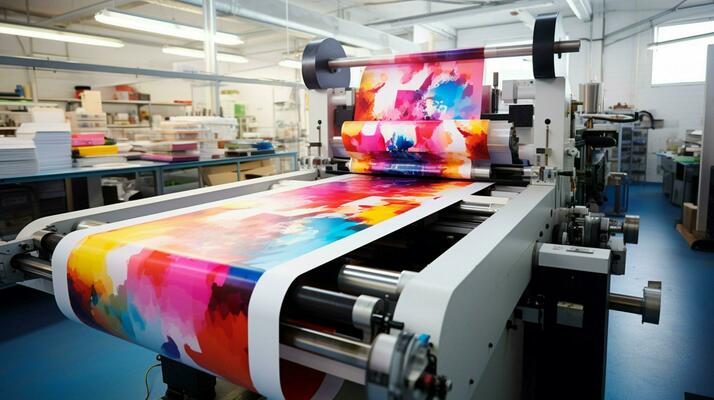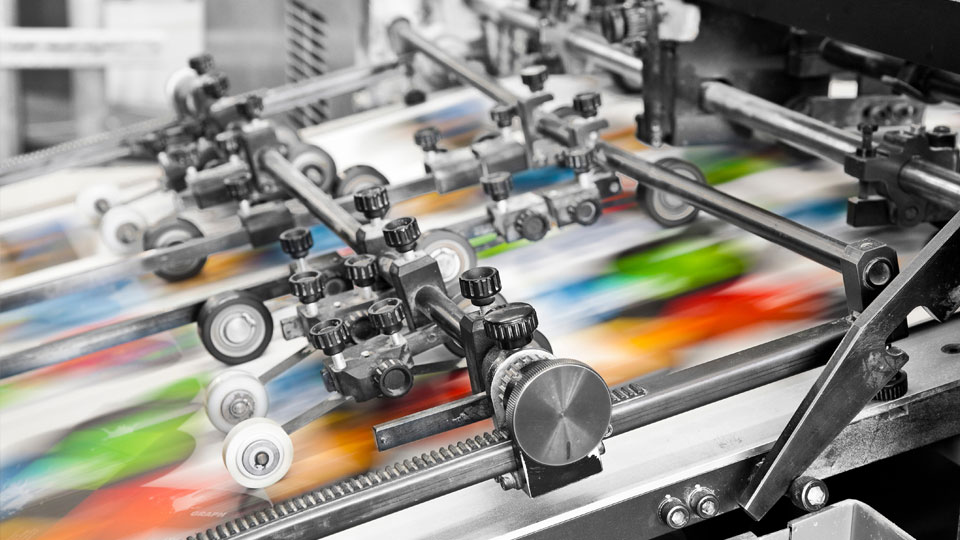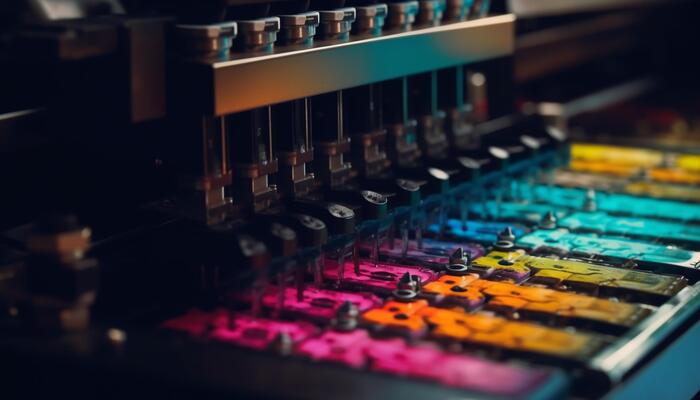Offset printing for magazines is a pivotal technique in the publishing realm, offering a myriad of advantages for producing high-quality print materials. This article will explore the intricacies of offset printing, highlighting its significance, especially for magazines.

What is Offset Printing?
At its core, offset printing is a method where an inked image is transferred from a plate to a rubber blanket, and then onto the printing surface. This technique is renowned for its ability to produce sharp, clean images and text.
History of Offset Printing
The evolution of offset printing dates back to the early 20th century. It revolutionized the printing industry by providing a more efficient and cost-effective way to produce large-scale print runs.
How Offset Printing Works
The process begins with creating a metal plate that holds the image of the content to be printed. Ink is then applied to this plate, which is transferred to a rubber blanket and finally to the paper.
Plate Creation
This is the first step where the image is etched onto a metal plate. The precision in plate creation ensures the quality of the final print.
Ink Transfer
Once the plate is ready, it is inked. The ink adheres only to the etched areas, ensuring that only the desired content is transferred to the paper.
Advantages of Offset Printing for Magazines
There are several benefits to using offset printing for magazines, including high image quality, cost-effectiveness for large print runs, and versatility in printing on various paper types and sizes.
High Image Quality
One of the most significant advantages is the superior image quality. The detailed and rich colors achieved through offset printing are unmatched, making it ideal for magazines that demand vibrant visuals.
Cost-Effectiveness
For large quantities, offset printing becomes more economical. The initial setup costs are offset by the reduced cost per unit as the print run increases.
Versatility
Offset printing allows for a wide range of paper types and finishes, offering publishers the flexibility to choose the best materials for their magazines.
Offset Printing vs. Digital Printing
While digital printing has its advantages, offset printing remains superior for large-scale productions. It offers better color fidelity and a wider range of material options.
For a detailed comparison, you can visit this article on offset vs digital printing.
Common Misconceptions
Many believe that digital printing is always the better choice due to its modern technology. However, for magazines, offset printing often delivers better results in terms of quality and cost efficiency.
Environmental Impact
Offset printing has been criticized for its environmental impact due to the chemicals used in the plate-making process. However, advancements in technology have led to more eco-friendly practices.
Future of Offset Printing
The future of offset printing looks promising with continuous innovations aimed at improving efficiency and reducing its environmental footprint.

FAQs
Why is offset printing preferred for magazines?
Offset printing is preferred for magazines due to its superior image quality and cost-effectiveness for large print runs.
Can offset printing be used for small print jobs?
While possible, offset printing is more cost-effective for larger print runs. For smaller jobs, digital printing might be more suitable.
How does offset printing impact the environment?
Modern offset printing techniques have reduced the environmental impact significantly through the use of eco-friendly materials and processes.
For more insights, you can check offset printing costs or explore offset printing for small businesses.
This article contains affiliate links. We may earn a commission at no extra cost to you.







